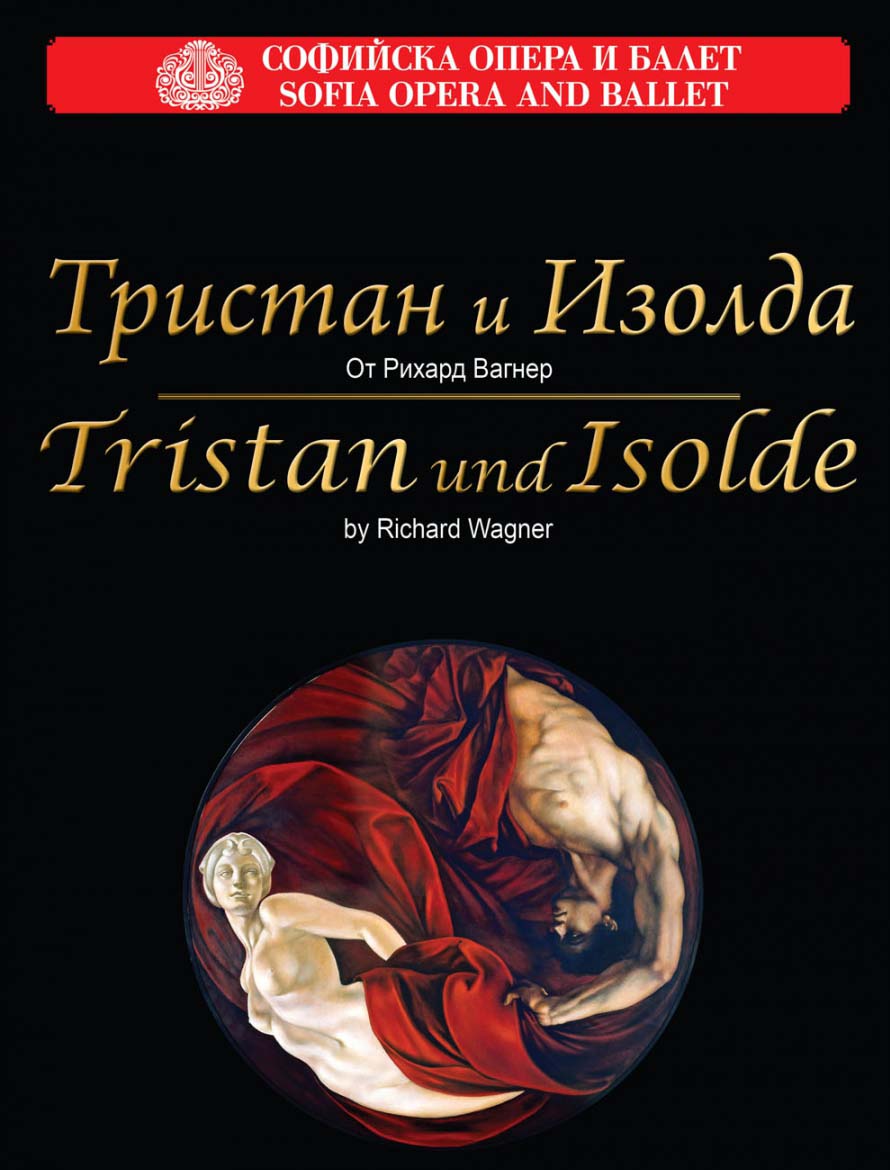A story of amorous longing and searing passion rips Richard Wagner from the completion of "Siegfried", the third work in the "Der Ring des Nibelungen" tetralogy. He rips his character Siegfried out of his heart, lulls him to sleep with tears in his eyes, to "erect an unique monument to love's dream", the opera "Tristan und Isolde". The reason – his love for the beautiful wife of his benefactor and friend Otto Wesendonck, the poetess Mathilde Wesendonck. In his friend's "Asylum on the Green Hill", a gift from his benefactor during his Swiss exile, he experiences his greatest love, his greatest love sufferings. He composed his cherished poem of love, which the world perceived as "the highest peak in art since Beethoven."
This story of amorous longing and torment ends with Wagner leaving the "island of bliss", with the separation from his wife Minna Planer. An experience that gave birth to one of the greatest creations in operatic literature about history and death, "Tristan und Isolde" and "Wesendonck Lieder", based on the poems of his beloved. The songs for keyboard and female voice are a sincere revelation, word and music in perfect union, as the hearts of lovers were joined. Wagner says, "I have written nothing more beautiful than these songs, and few of my works can compare with them."
This time of Wagner in love was special in his life, full of peripeties and vicissitudes. This lull is most fruitful, it also opens a new page in his path.
His life with his first wife Minna Planer went from a love adventure to a living hell. After his love affair with Mathilde was discovered, he had to run away again, breaking up with Minna. Wagner's deepest relationship was with Cosima, the daughter of composer and pianist Franz Liszt, his other benefactor. Cosima was the wife of the conductor Hans von Bülow, with whom Wagner worked. This did not prevent him from tying himself to Cosima, making her the mother of his children. Although Hans von Bülow was neglected, he reconciled with the genius Wagner, and Cosima became Wagner's faithful companion for the rest of his life. It was she who lived the most significant years of the Romantic's life, when the Green Hill Theatre in Bayreuth was being built, when it opened, and when Wagner died in Venice. She was the one who, as a sacred act, wrote the diary of the days with him in their section of his life. Diaries that became valuable sources for the future.
The story of Wagner in love inspired many artists – writers and later cinema too.
"Never in my life have I been truly blessed by love. I must erect a monument to this most beautiful of all my dreams, imbued from beginning to end with love. I heard within me the theme of Tristan und Isolde, a most simple but most full-blooded musical idea," Wagner wrote.
After the impressive experience of "Der Ring des Nibelungen", created by the Sofia Opera, now on the stage of our first opera house will come to life exciting passions with Wagner in love.
For the tempted, this will be an extraordinary experience with "the most beautiful dream of Wagner's romance, woven and imbued with love." It will be an opportunity to hear within ourselves that poem of love that forever ignites hearts.
I will remind you that on 13 February 1883 Richard Wagner left this world. In the mythical, fairy-tale Venice, the metamorphosis of an extraordinary life ended at the age of seventy. As if fate had a hand in this too. Death in Venice, means life for eternal love. The kind Wagner sang of in "Tristan und Isolde".
Magdalena Manolova
